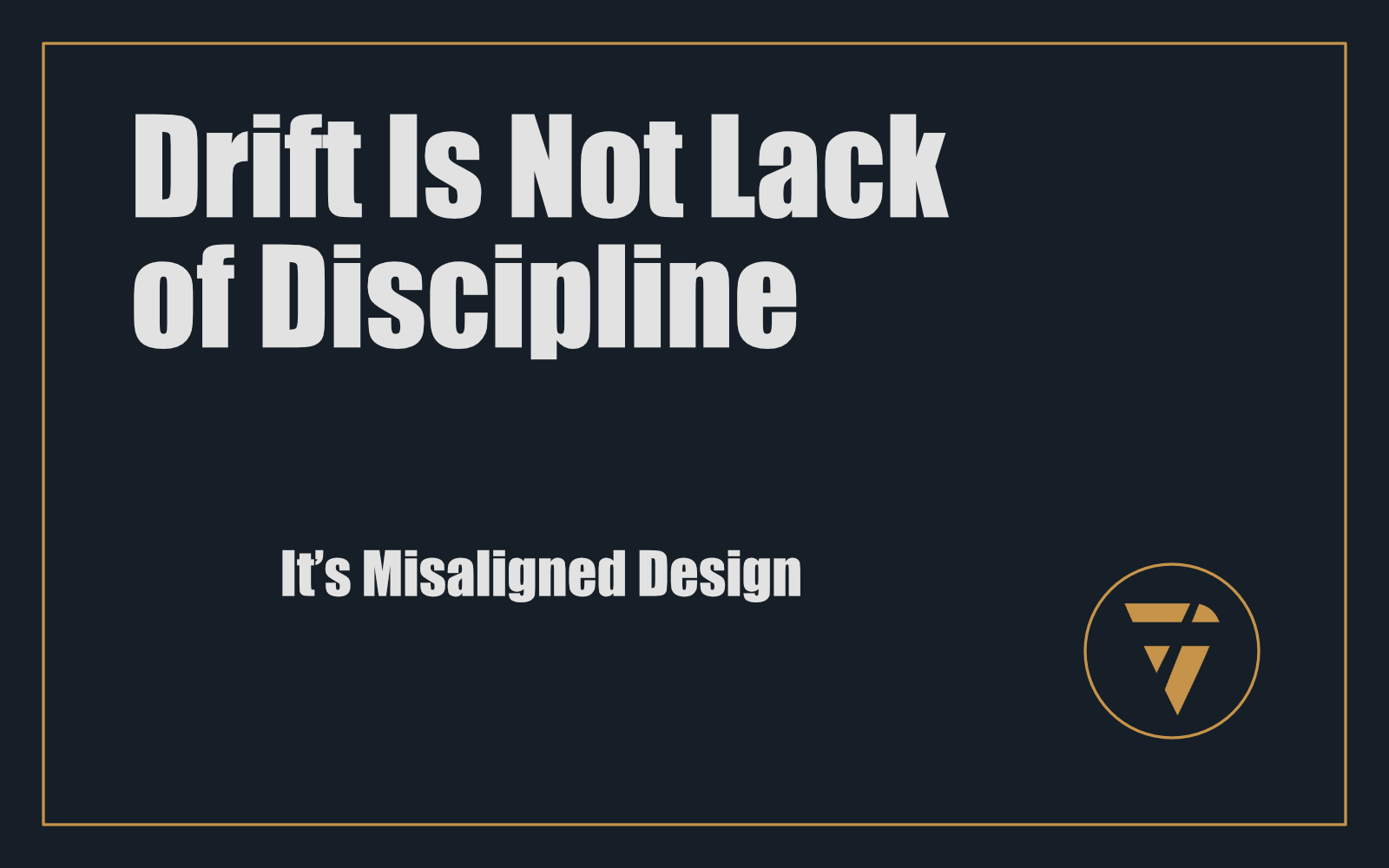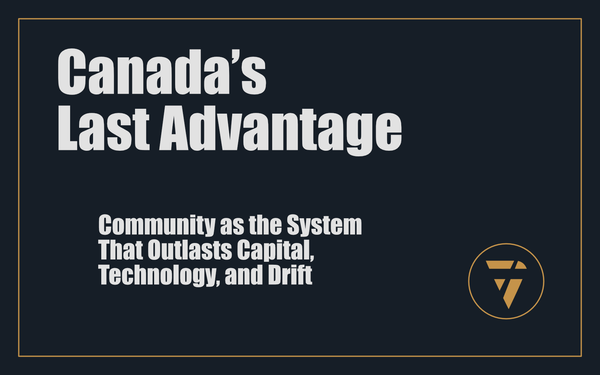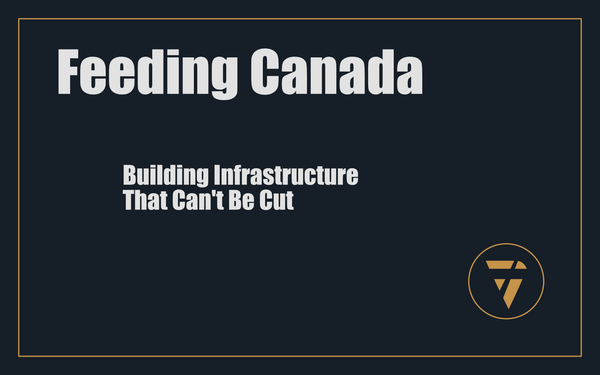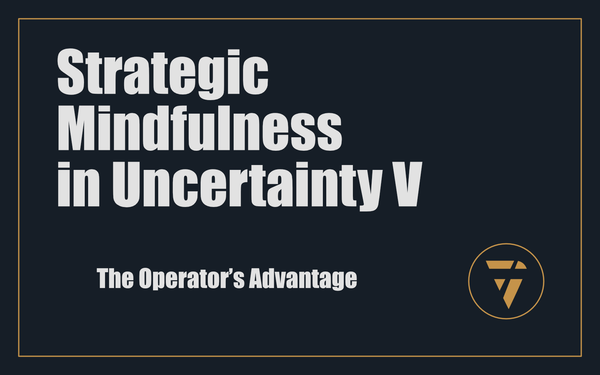Drift Is Not Lack of Discipline

It’s Misaligned Design
You don’t have a discipline problem. You have a design problem.
You’ve spent years trying to solve drift—the invisible force that pulls your business quietly off-course, wasting your focus, draining your momentum, and burying your ambition under a fog of frustration. You’ve read every productivity hack, watched every motivational talk, and tried every accountability tactic. You’ve blamed yourself. You’ve blamed your team. You’ve wondered if you simply lack the grit or willpower that seems to come naturally to the mythical entrepreneurs you see online.
Let’s stop the self-punishment right now:
You’re not lazy. You’re running systems that reward avoidance.
Drift is not a flaw in your character. It’s a flaw in your architecture. Discipline can’t solve what discipline didn’t break. Motivation can’t fix what motivation didn’t damage. Your drift isn’t a moral failing—it’s structural misalignment. And structural misalignment demands structural solutions.
Here’s the uncomfortable reality about drift:
Drift is subtle. It never announces itself. It never breaks your systems dramatically. It sneaks in quietly, through micro-delays, soft tolerances, and invisible leniencies, quietly undermining your clarity and dissolving your momentum one tiny avoidance at a time.
But drift isn’t passive—it’s aggressively structural. It’s baked into your design. You built systems, workflows, and business processes that silently incentivize delay, ambiguity, and indecision. And until those incentives are eliminated, drift will compound, creating hidden debt that accrues relentlessly, quietly suffocating your business’s growth.
You don’t solve drift by yelling at your team or berating yourself for a lack of hustle. You delete drift by compression—by aggressively, systematically, and permanently removing the structural conditions that reward it.
Here’s how drift grows and why discipline alone fails:
Discipline says, “Try harder.”
Design says, “Delete the option to delay.”
Discipline says, “Stay motivated.”
Design says, “Eliminate reliance on motivation entirely.”
Discipline depends on emotional state—something that fluctuates unpredictably, even in the strongest leaders. Design depends on structural clarity, something that remains consistent, automatic, and unquestionable.
If your design rewards avoidance—even subtly—avoidance becomes inevitable.
If your design punishes hesitation—even quietly—momentum becomes unstoppable.
Compression is the surgical removal of drift. It’s the ruthless deletion of the unnecessary, the distracting, the ambiguous. It means fewer options, shorter pathways, clearer outcomes, immediate feedback loops, and unmistakable consequence. Compression means that decisions happen faster because delay isn’t structurally possible anymore.
Here’s how you compress drift out of existence, permanently:
Step 1: Identify the Drift Vectors
Drift lives in unclear tasks, weak deadlines, vague accountabilities, and overly flexible systems.
Wherever you see tasks getting delayed, identify the vector:
- Is it too vague?
- Too flexible?
- Too long of a lead time?
Every vector is structural, not personal.
Step 2: Install Compression
Turn vague tasks into clear outcomes.
Turn flexible deadlines into immovable checkpoints.
Turn ambiguous accountability into explicit ownership with immediate consequence.
Drift cannot survive when compression is constant. When expectations are compressed to single, measurable outcomes, and consequences are compressed into real-time, drift loses its foothold.
Step 3: Shorten Decision Cycles
Drift thrives in long decision cycles. The more distance between a decision and consequence, the easier it is to avoid accountability.
Compress decision cycles to daily or weekly intervals. If a task doesn’t produce a measurable outcome within a week, break it into smaller increments. Compression demands outcomes quickly and visibly, removing ambiguity about progress or responsibility.
Step 4: Delete Optionality
Every optional decision point is an opportunity for drift.
Every choice left open is permission to delay.
Every unclear outcome is a license for avoidance.
Make critical actions mandatory, visible, and irrevocable.
Delete optional meetings.
Delete unnecessary sign-offs.
Delete low-consequence decisions.
The fewer decisions available, the less drift can find space to hide.
Step 5: Automate Consequence
Drift hates automation because automation doesn’t negotiate.
Automate the consequences of action—and inaction—through systems that don’t wait for emotional decisions.
Automate weekly reporting, automated scorecards, and dashboards that relentlessly display the truth.
Automation doesn’t care about feelings, explanations, or justifications—it only cares about reality. Reality is compression’s best ally.
Let’s give this architecture a test:
- Instead of trusting discipline, install dashboards that show exactly what is moving, what is stuck, and what is being avoided.
- Instead of asking for motivation, make sure that the structural consequences of drift are immediate, visible, and unavoidable.
When you compress drift structurally, motivation is irrelevant. Discipline is automatic. Progress is inevitable.
But why haven’t you already done this?
Because removing drift means confronting a brutal truth:
You’ve built a system that secretly forgives avoidance because you feared the friction of forcing clarity.
You hesitated to make decisions final because you were afraid of getting them wrong.
You built flexibility into your workflows because you were afraid of missing out.
Drift isn’t accidental—it’s designed.
But now that you see clearly, you have no excuse. Drift’s days are numbered because you’re about to dismantle the very structures that gave it life.
Here’s what immediate structural compression looks like in practice:
- Task expectations become single, non-negotiable outcomes.
- Decision windows become short enough to remove ambiguity.
- Consequence visibility becomes a daily or weekly habit.
- Accountability becomes visible, inescapable, and measurable.
When you install compression structurally, drift suffocates. It can’t breathe in an environment where optionality and vagueness have been systematically eliminated. Drift needs ambiguity and permission—compression gives neither.
This is your decisive shift:
Stop thinking discipline will solve drift.
Stop trying to motivate your way out of misalignment.
Stop trusting human emotions to deliver outcomes structural clarity should already guarantee.
From now on, your business operates on ruthless compression. Outcomes are singular, immediate, and non-negotiable. Consequences are automated. Drift no longer has space to hide, because drift is a design flaw—and your new design rewards only precision, decisiveness, and immediate motion.
Here’s your operational checklist starting right now:
- Compress every deadline to the shortest possible cycle.
- Eliminate tasks without explicit outcomes.
- Install immediate visibility systems that show drift in real-time.
- Delete all optional pathways and replace them with mandatory outcomes.
This is your system now.
No more waiting for motivation.
No more trusting discipline alone.
No more blaming yourself for what was always structural.
Drift dies by compression.
Compression is your new strategic law.
When your system no longer forgives drift, discipline becomes irrelevant. You don’t have to push harder—your architecture pulls relentlessly forward.
The moment compression replaces drift, your business moves at velocity you’ve never felt. Momentum becomes structural. Results become inevitable.
Welcome to a business designed to move—not drift.
Now, let’s compress.
This is what I’m working on. Tell me what you think, I enjoy the conversation! Subscribe and follow the work in real time.
Thanks!
B

Drift isn’t lack of discipline.
It’s the reward system you designed for avoidance.
Motivation won’t fix it.
Compression will.
Delete ambiguity. Shorten cycles. Automate consequence.
Drift dies when design stops forgiving it.
PS -






